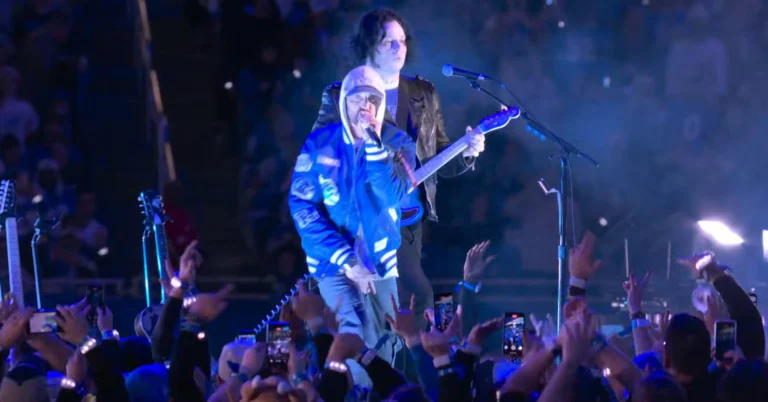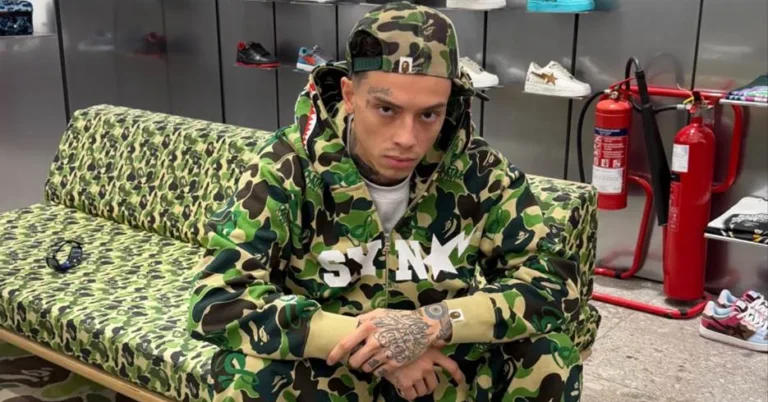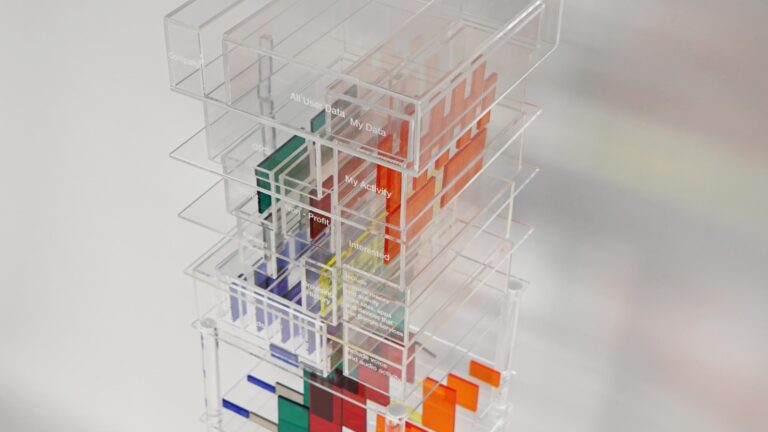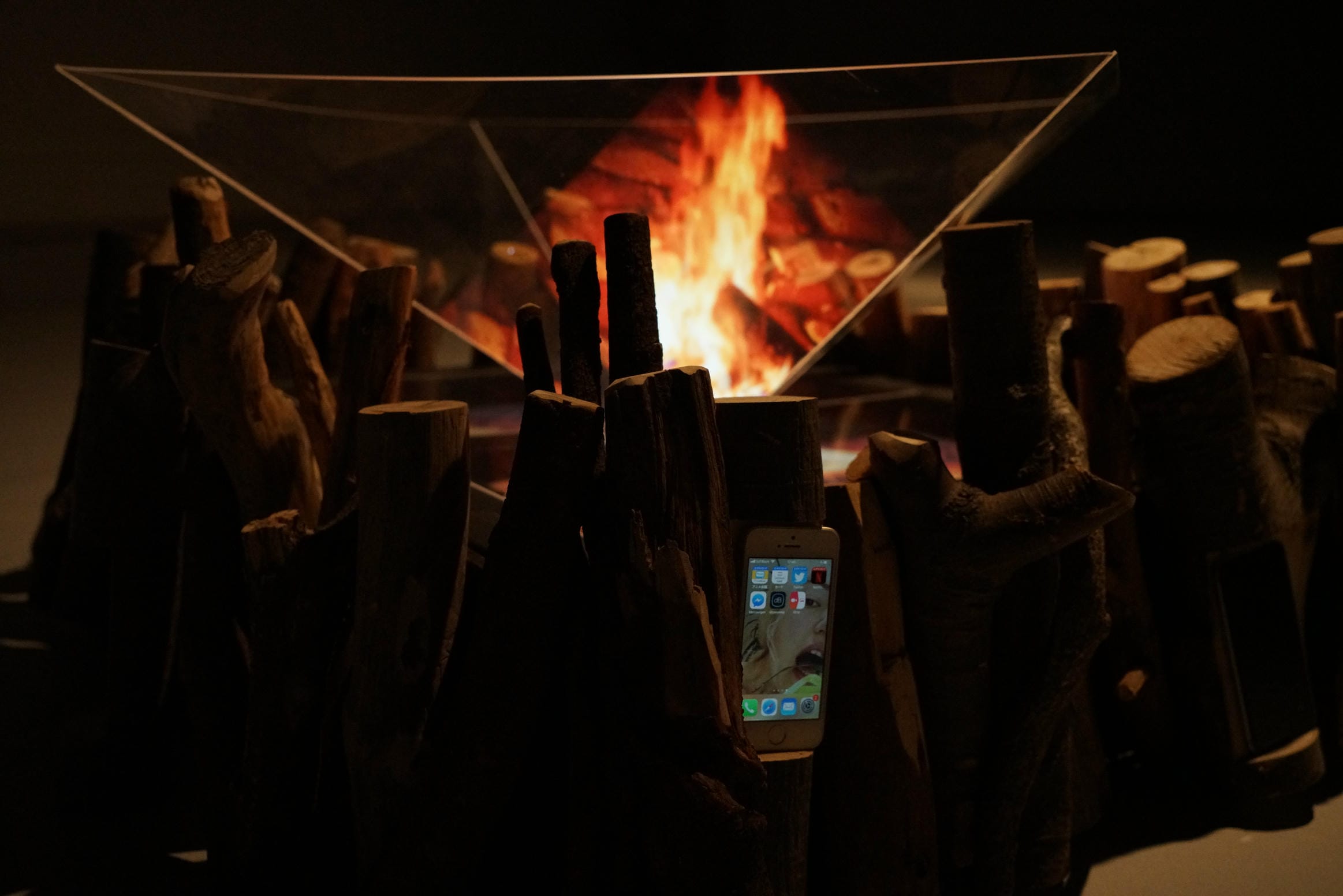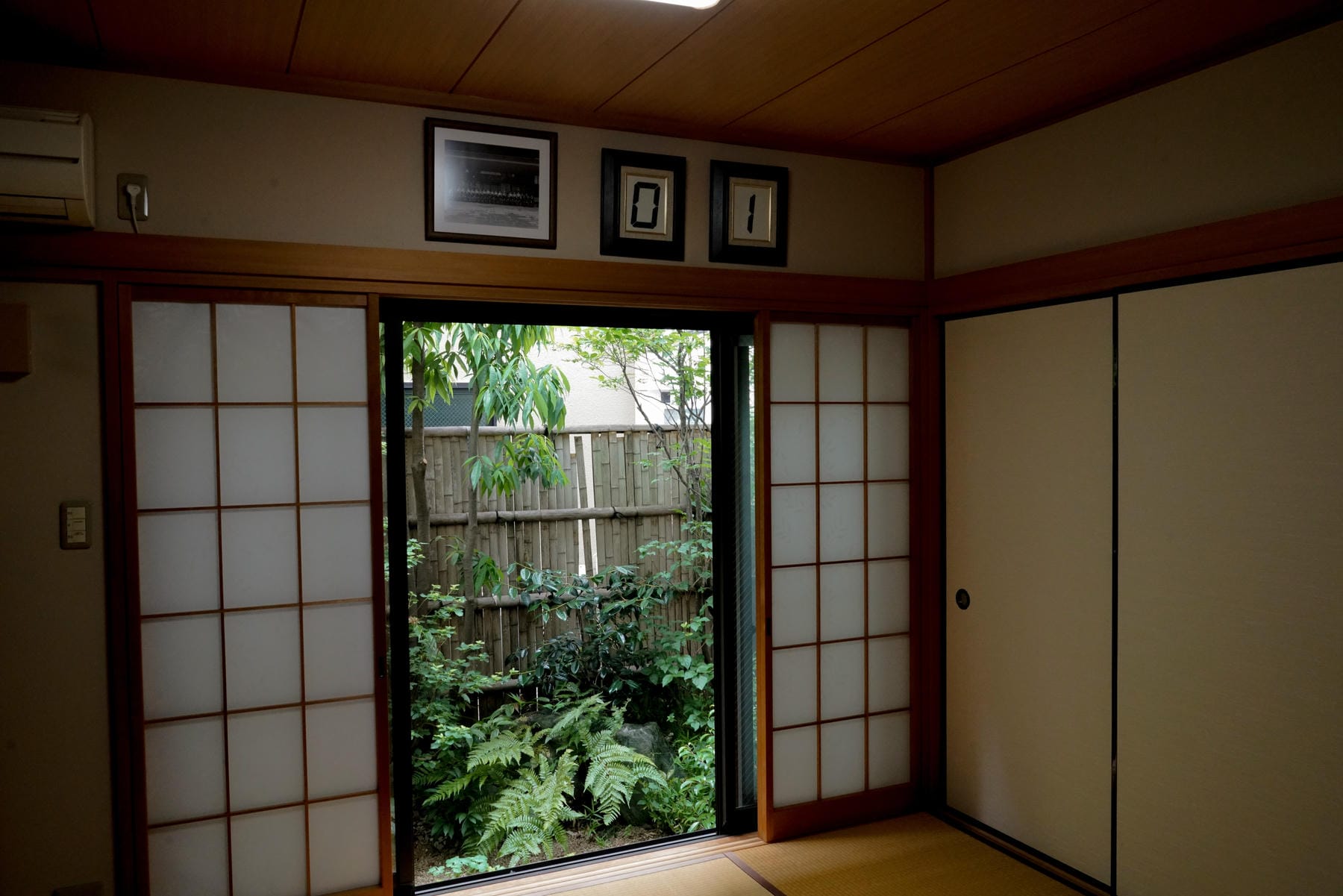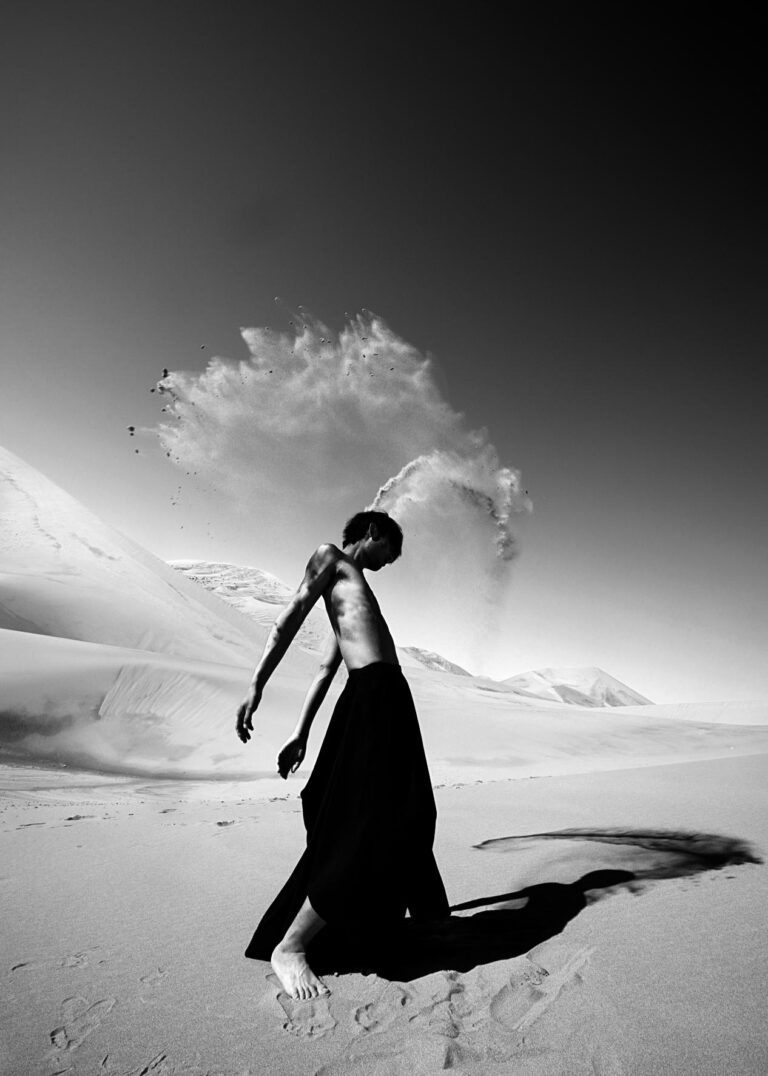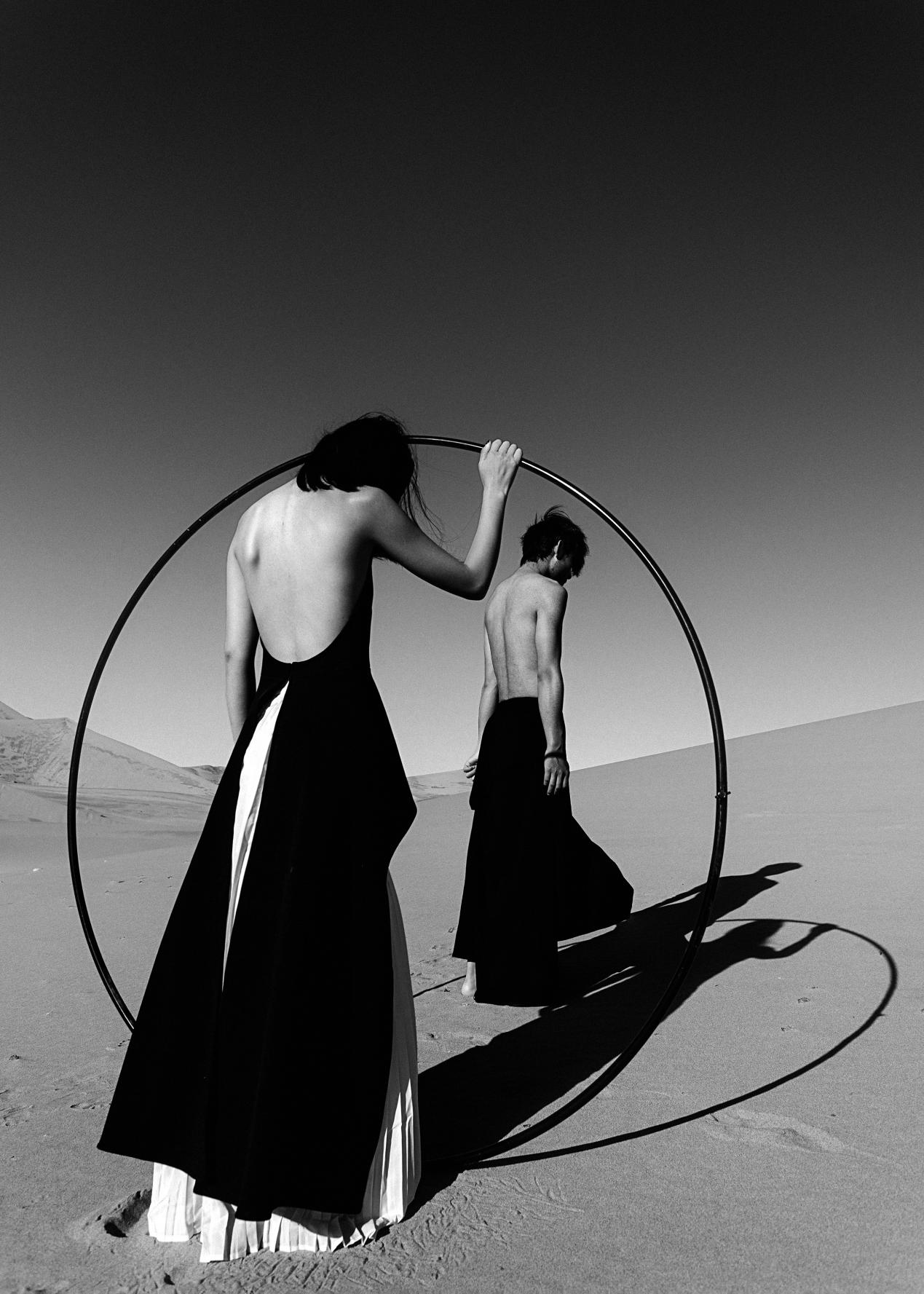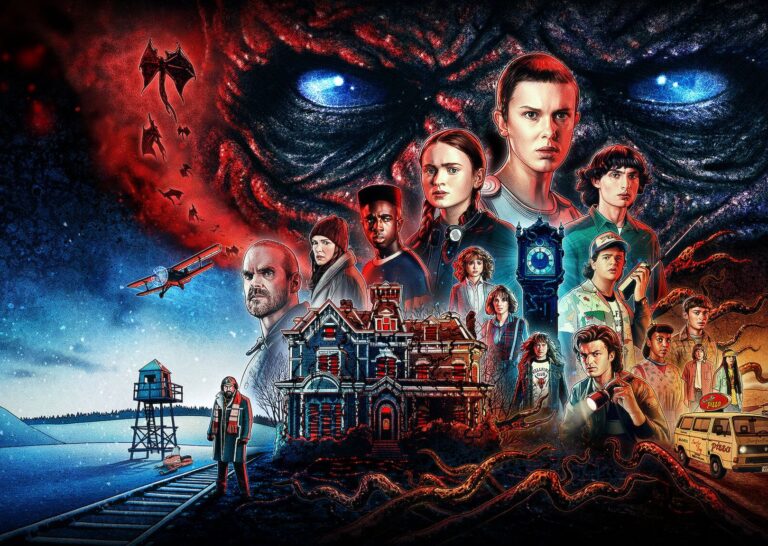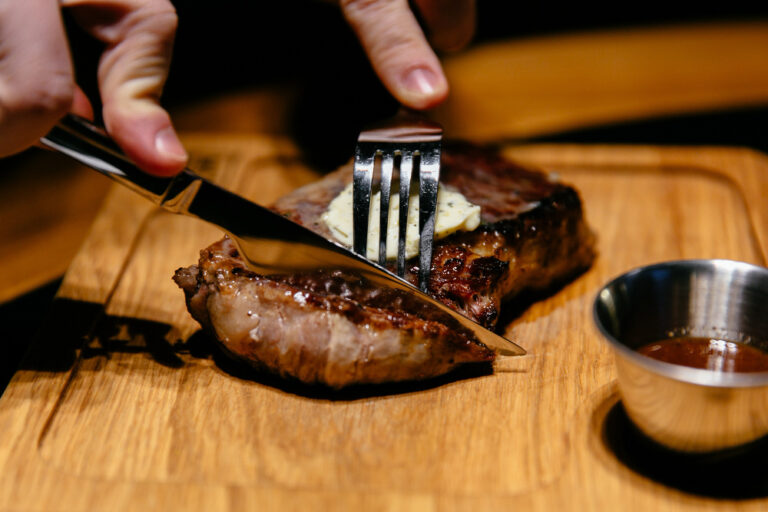As a pastime distinguished for offering an escape from the contemporary mundane world, gambling has certainly acquired quite a bit of charm and character. It’s made for quite a bit of adoration and amusement. Many people go out exactly for that purpose, to let all their worries out and allow their emotions to hang loose, reveling in camaraderie with their best buds and relatives. But this tradition has an even longer history of not being about mere kicks and giggles, but about projecting elitism and prestige.
Since forever, there have been powerful men and women who revel in showing off their wealth and status through throwing around their money. Indeed, this is the way modern gambling as we know it actually began, such as the Ridotto in 1638, full of Venetian aristocrats. People there had to follow a strict dress code that distinguished the elites from the commoners. This was no place for those not swimming in coin and extravagance. The interior decorations of such lavish gambling halls were the tradition that other casinos of today derive from – chandeliers, velvet covers, red carpets, and all sorts of other conspicuous objects and glistening lights.
Big spenders at casinos today, also known as high-rollers or whales, at popular in-person casinos and online apps get the same aristocratic sort of treatment today and strive to project their wealth through their attire, drawing on that same centuries-old tradition. Odds96 gives bonuses worth several times the value of deposits as well as rakebacks, special gifts, event tickets, and unique loyalty perks.
Foundation of Whale Apparel
Originally, gambling caught on during the days when showing off fur, silk, and brocade were the biggest demonstrations of wealth. Rather than oil tycoons and gamblers, they were nobles gliding through candlelit Venetian and Parisian salons. They had velvet coats embroidered by hand and waistcoats full of golden threads, along with lace cuffs. It was pure flex. They looked like power before they won power. After feudalism fell, people still retained the same energy, just in a modern tongue.
The primary way whales have dressed over the past few centuries has been with the black suit and tie. They wore tailored evening jackets that fit like a second skin, silk-blend shirts that moved like air, and velvet dinner blazers.
Golden Age Tuxes
The high roller look sharpened into something cinematic, commanding, and impossible to ignore. The tux was authority. Here, walking into a casino for them looked like them walking on stage.
- Sinatra in a midnight shawl-collar jacket.
- Dean Martin with a silk pocket square perfectly folded.
- Sean Connery’s Bond with cuffs crisp and a bow tie
They wore patent leather jacket shoes, highly polished with crisp white shirts and their hair slicked back with immaculate grooming. Their whole look was well thought out and not a single detail left to random chance. You see this attire still all over the world. This isn’t cosplay or a joke. It’s legacy.
White Dinner Jackets
These came out as a hot alternative too, partially thanks to James Bond. It is a symbol that you are the man and have no doubt about it. It requires very careful maintenance and masterful touch to make it. It’s more than just about having money; it’s also about having the sophistication to take care of it too, or have someone else take care of it for you. The pants worn with it are always black though. The white jacket thus helps people really stand out.
Power Suit Era
After several decades, the curtain would eventually drop on that era and it evolved into something sharper. In the 1970s, a new, aggressive look caught on, known as the power suit. Authority was stitched into wool. Dominance took the form of a silhouette with declared intent. The shoulders were wide, the lapels were strong, and the creases were crisp. This was Wall Street energy exalting Armani, Brioni, Zegna. These have not particularly stood the test of time and have gone out of style.
Gowns
Of course, women have long since achieved success as celebrities and accompanied their rich husbands to gamerooms. The way they dress is an even bigger example of peacocking than the men. They drag long dresses all along the floor. The fact that they can carry them around and stay clean is yet another means of conspicuous wealth that they can project. Their gowns are made of many things, like velvet, satin, and georgette.
They also wear sleeves that not only show beauty but also opulence. None of these ever show too much skin. Of course, female whales love to show a lot of jewelry – diamonds, pearls, sapphires, and anything that sparkles. Notably, their outfits have fewer layers but more just various expensive pieces. Their hair is often done in very attention-grabbing styles.
Minimalist Modern Swaggar
The new-money high-roller tries to claim space and shows off luxury without the quietness of the tuxedos of old. Hip-hop culture, athlete culture, and tech millionaire swagger have really rewritten tradition. A lot of people nowadays are famous for their status as TV celebrities and stick to the image they’re known for. Today, people blow up for the wildest variety of reasons. They could be YouTubers or political commentators. A lot of these people are athletes and just wear something sporty with diamond earrings.
Some of those people enjoy hip hop or are musicians themselves, and they dress like gangsters, since in modern Western culture a lot of such archetypes are glorified. Snoop Dog, for example, spent 10,000 dollars on a custom chain he wore while gambling. That may involve tracksuits, wife beaters, or fur coats alongside gold chains, gold teeth, and Jordans on their feet.
The Femme-Fatale
Since recently, women have chosen to dress like bad girls, just as is popular in the modern pop culture. Women started dressing like a mix of club mixed and boardroom style. That was sharply tailored blazers with silk blouses, pointed heels, and tailored skirts.
The Poker Hoodie
This is an odd tradition that began as a weapon rather than a fashion statement. A new breed of gambler was born when poker exploded in the 2000s. It became a highly televised event that even began a tradition – the World Series of Poker. They counted on people thinking they were just guys in sweatshirts, but in reality, they were deep theorists. Essentially, they dressed like college dorm students. They wore sunglasses at the same time, which hid the subversion of their eyes along with sneakers and a T-shirt. These were made out of Cashmere by Piana and Cucinelli.
Accessories
This is something that has always stood the test of time over the ages. One perfect example is the gaudy watches. In particular, the Rolex, which is wealth that’s recognized worldwide. In and of themselves, they’re quite cheap to make, but it’s the fact that they only are willing to sell them to people under exclusive circumstances that give them their value. People have to get on a waiting list.
- Rings are still a big thing that everyone can understand at a table.
- Bracelets made out of diamonds that women love to wear, in addition to studs and Cartier pieces.
- Shoes: loafers made out of leather and stitched by hand.
- Scarves: women love to wear them
- Shades that communicate authority and mystery.
- Cigars: these, worth hundreds of dollars, are a signature indicator of status, often only smoked by people on special occasions.
- Handbags or mini totes: often bespoke or limited edition
- Pins: vintage or designer are a nod to old-world aesthetics.
Personal Grooming
On top of all this, everything about the person’s look has to be on point. That means fresh haircuts, manicured nails, and some kind of elite, expensive perfume or cologne. Without being too strong. Nobody wants to communicate that they’re being a try-hard, but rather let their status emanate effortlessly.

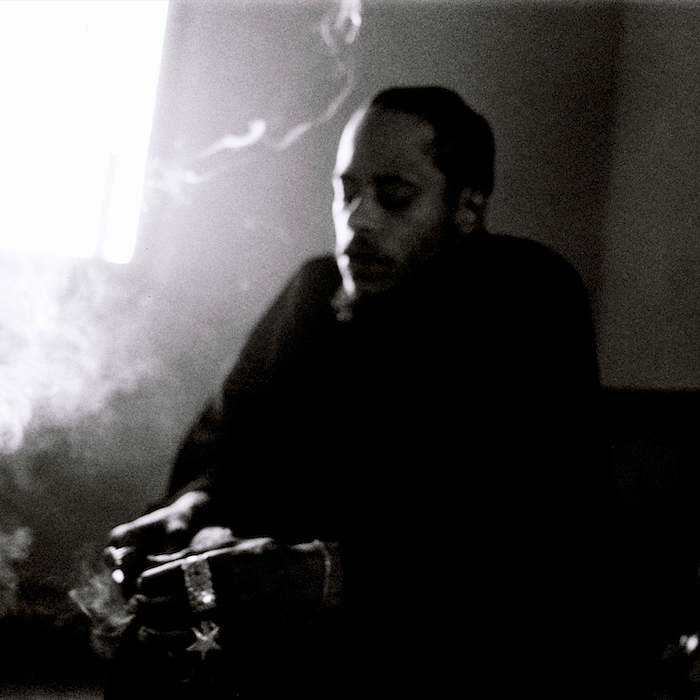
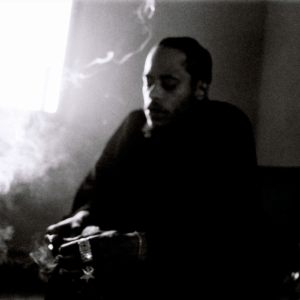


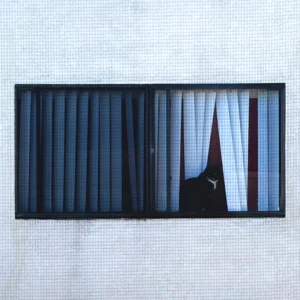 Why say “I made an ambient album” when you can say I Created the Universe so That Life Could Create a Language So Complex, Just to Say How Much I Love You? That’s the title of Sega Bodega’s new album, and the eponymous track, slotted right in the middle, is appropriately spacious and moving. The features are intriguing, too: there’s a notable appearance from legendary folk singer-songwriter Vashti Bunyan on the opening track ‘Pipe’, plus two tracks each with Lucinda Chua and Maya Alkhateri.
Why say “I made an ambient album” when you can say I Created the Universe so That Life Could Create a Language So Complex, Just to Say How Much I Love You? That’s the title of Sega Bodega’s new album, and the eponymous track, slotted right in the middle, is appropriately spacious and moving. The features are intriguing, too: there’s a notable appearance from legendary folk singer-songwriter Vashti Bunyan on the opening track ‘Pipe’, plus two tracks each with Lucinda Chua and Maya Alkhateri.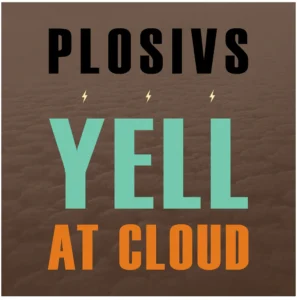 PLOSIVS – the underground rock supergroup composed of Rob Crow (Pinback), John Reis (Rocket From The Crypt/Drive Like Jehu/Hot Snakes), Atom Willard (RFTC, Against Me!, The Offspring, etc), and Jordan Clark (Mrs. Magician) – have a new album out.
PLOSIVS – the underground rock supergroup composed of Rob Crow (Pinback), John Reis (Rocket From The Crypt/Drive Like Jehu/Hot Snakes), Atom Willard (RFTC, Against Me!, The Offspring, etc), and Jordan Clark (Mrs. Magician) – have a new album out. 
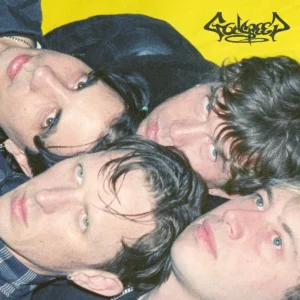 These New South Wales have dropped their fourth studio album,
These New South Wales have dropped their fourth studio album, 
